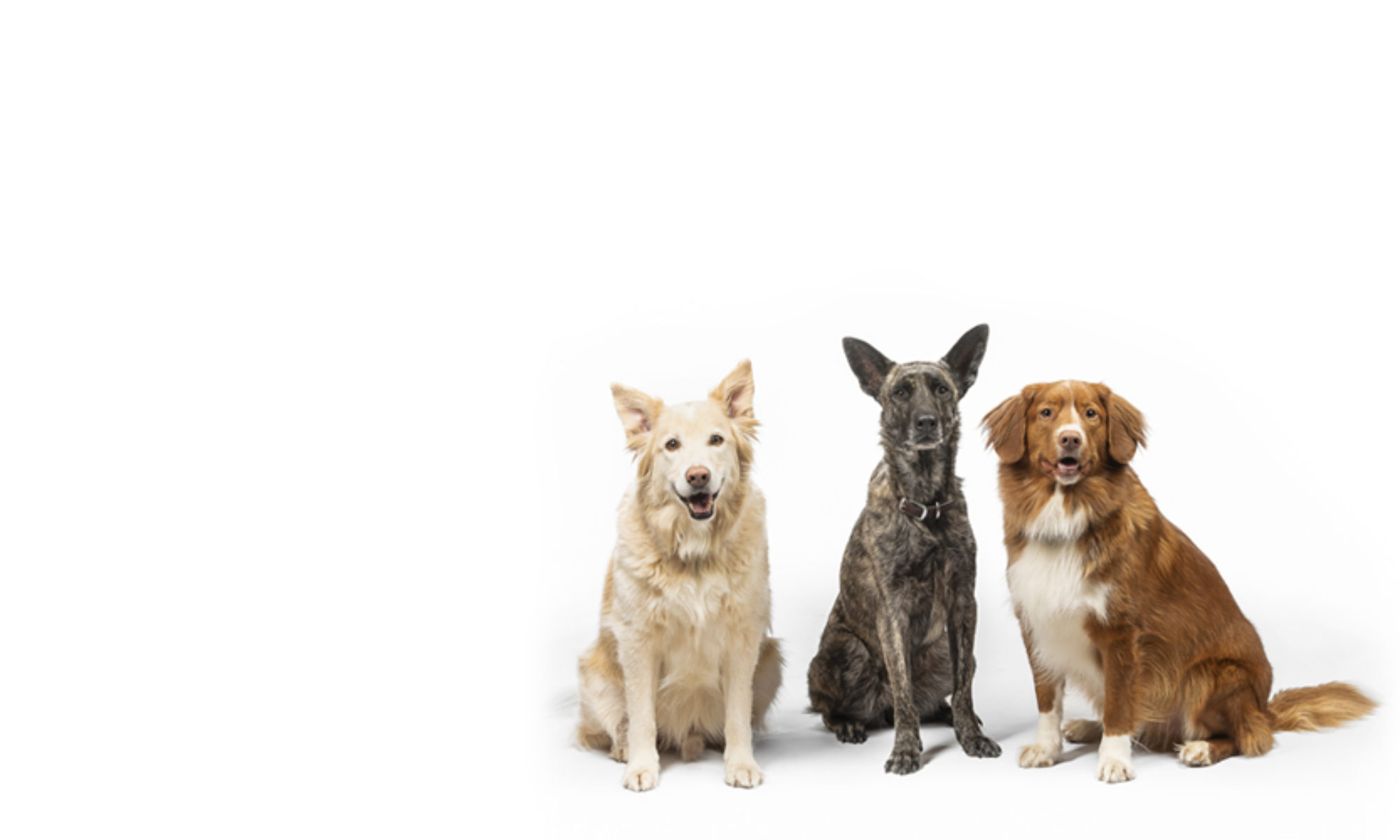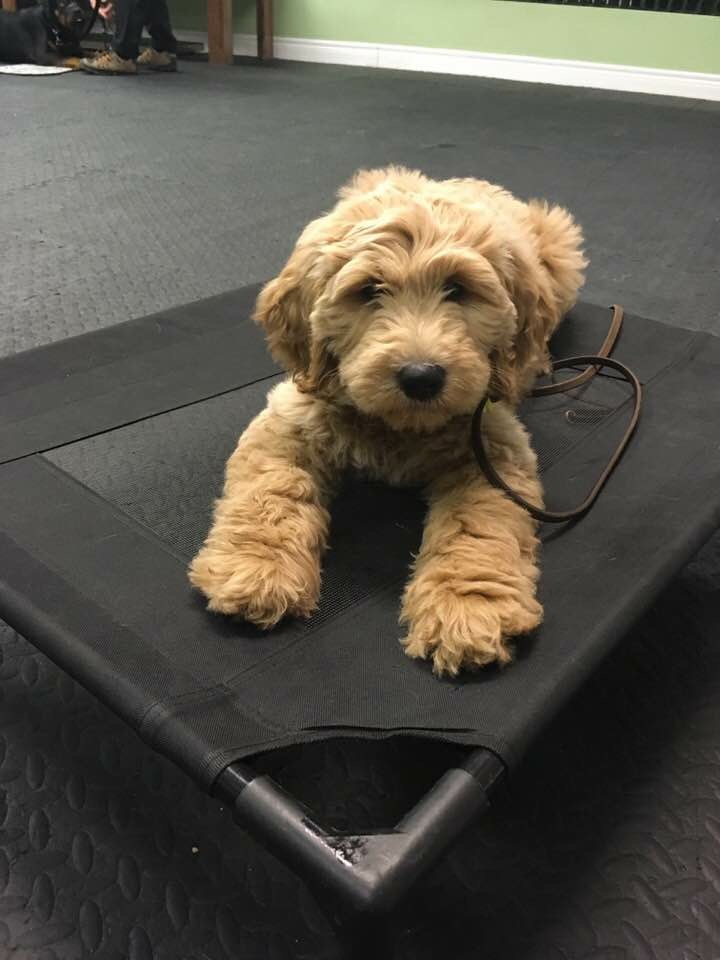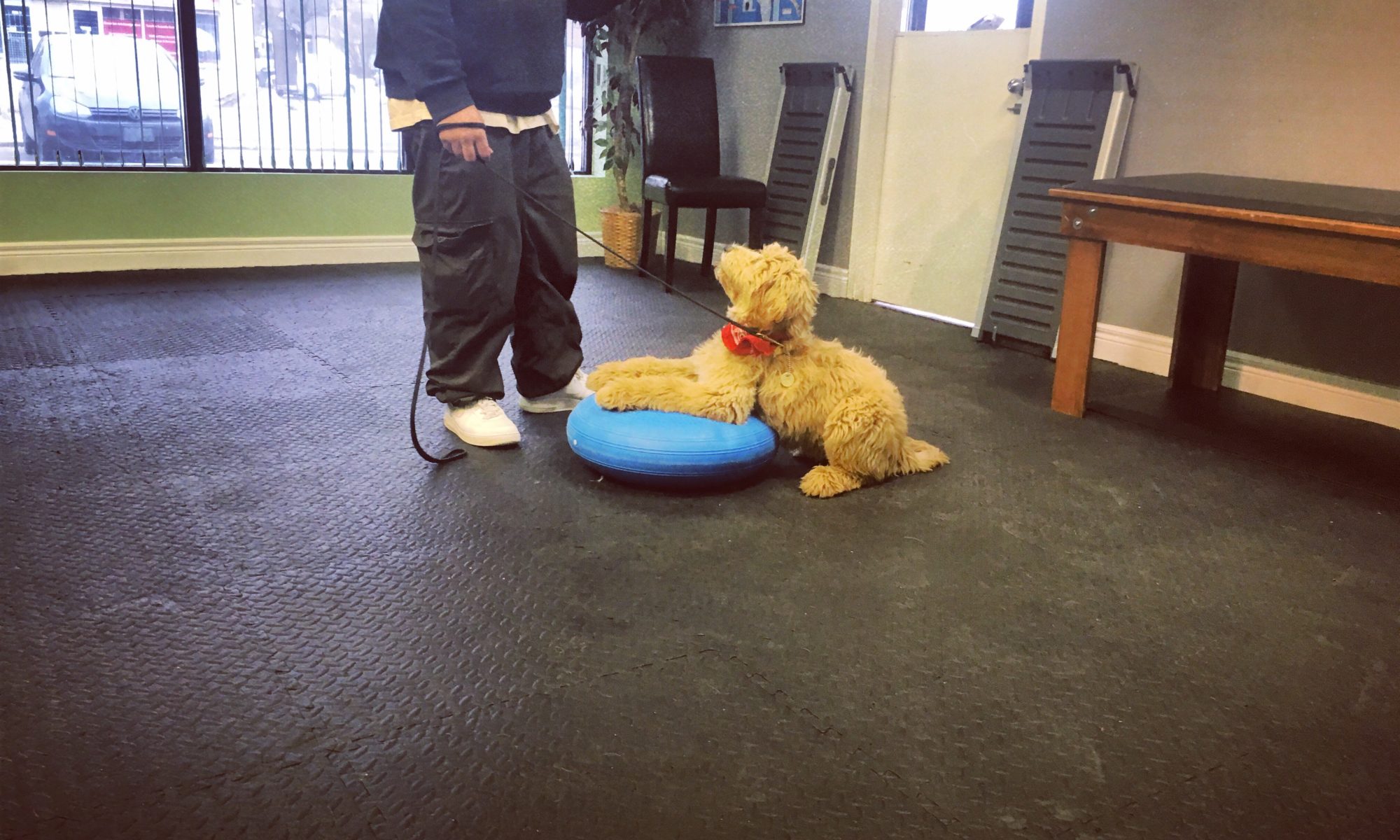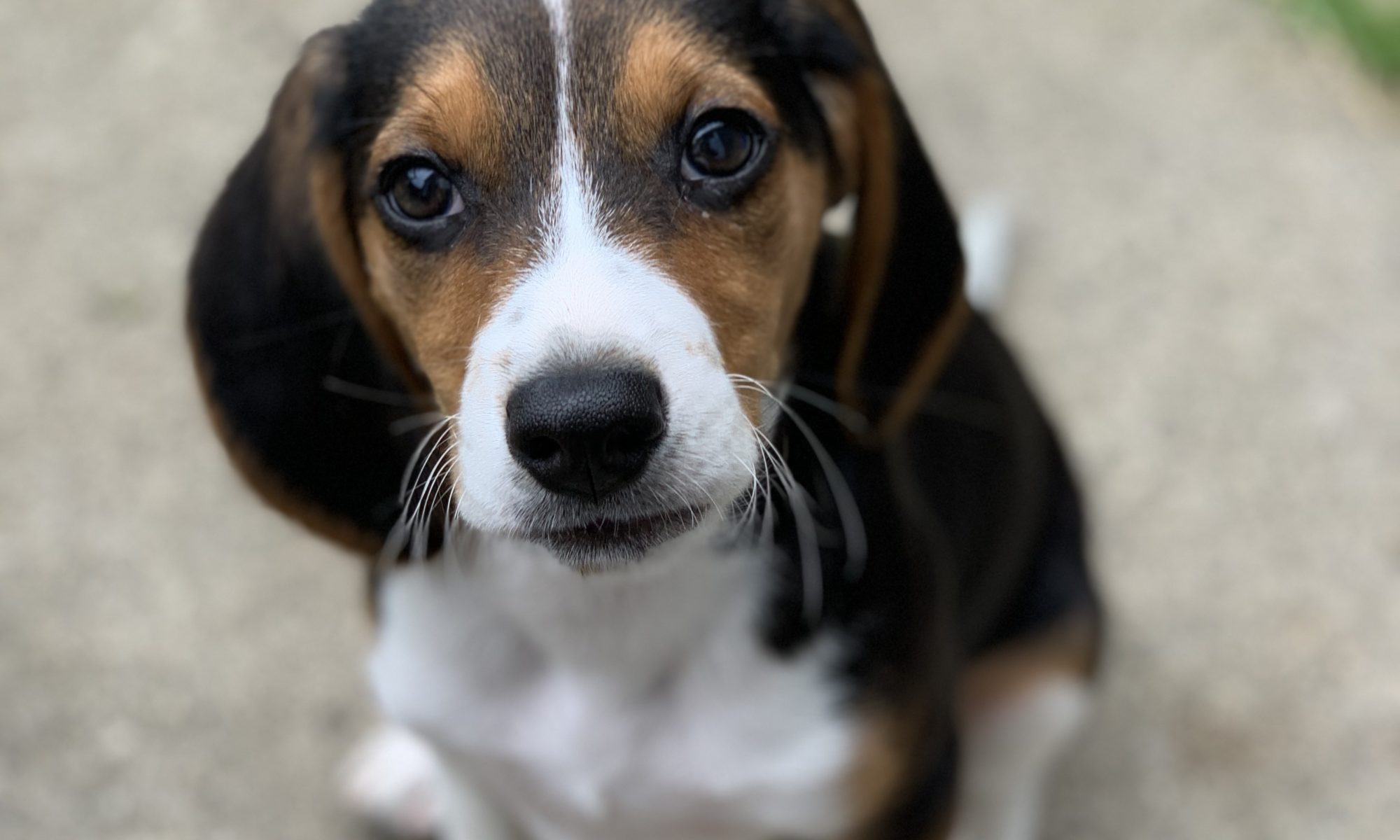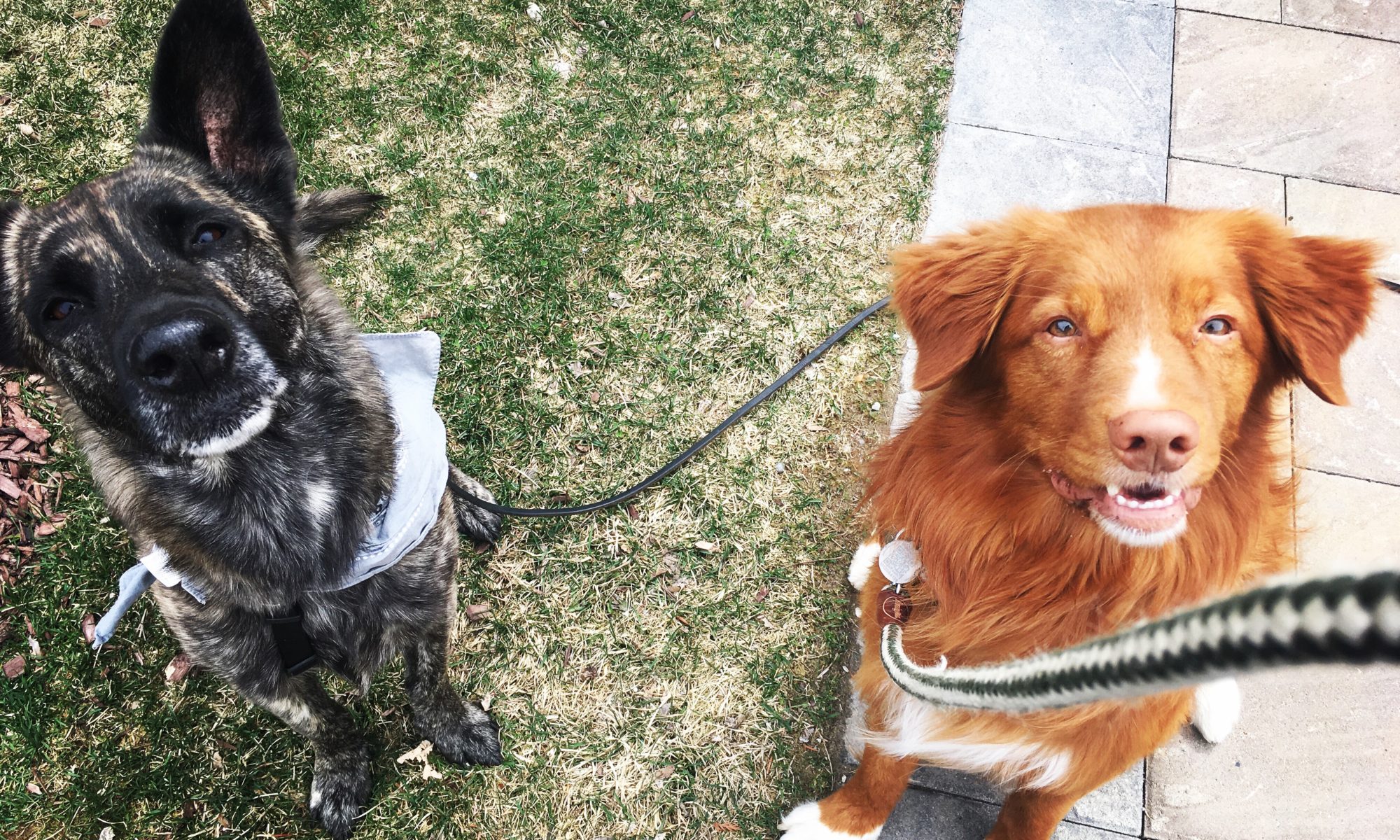If you followed our post last week and gave it a try, then you know we are spending the next two weeks chatting about mat training games!
As trainers we will be the first to tell you it is a boring skill – both for your dog to learn and due to the high level of reps you need to teach it, for you too…but it doesn’t have to be if you get creative with the skills you use!

Last week’s game (the long down) focused upon building the dog’s ability to lay on the mat (duration) for longer and longer periods. If you haven’t checked it out, please do so here. The game this week focuses upon clarity and placement. In other words, does your dog know what to do when they see their mat? Do you need to cue your dog more than once to get them to perform the skill? Does your dog have a clear understanding of laying down on it, rather than sitting on it without being told? Can your dog do this without an immediate reward present?
These are all parts of the learning process known as proofing – getting the behaviour better, more refined and as close to perfect as possible (and eventually in any environment).
This game is meant to be a fun way to improve your dogs skill – it is geared towards an intermediate level of mat training so if you are new to mat training check back for our tutorial on the start up steps or contact us for some training info.
We want to make sure the dog is working at the level they can be the most successful at, so you can make this game easier by trying it in a familiar environment or by using your hand signals/verbal cues. Avoid luring the positions for the dog altogether.
THE DRILL
- Have your dogs mat (ideally something like a towel) and treats ready to go, but not in your hands. Ideally, keep your rewards on a shelf or book case close by.
- Set your mat down, cue your dog to go on their mat > Mark and reward when they complete their down and relax
- Release your dog from the mat, pick it up and fold it in half.
- Now that it is smaller, place it down in the same spot and cue your dog to lay on their mat. Mark and reward when they hit the desired position, release them.
- Pick up the mat, fold it in half. Put it down. Repeat the steps above
Repeat the steps until you have a TINY mat your dog barely fits on (or doesn’t fit on at all) but they continue to perform the same set of skills (lay down and relax!)
TIPS
- No lures. This drill is meant to test your dog, if you are still luring this skill, build your foundations first before trying it.
- If you want more of a challenge, put the mat down in different spots in your ‘training zone’ (but keep it in the same room). See if your dog can follow the drill then!
- Rewards should not be directly on you – rather your dog should remain laying down in position while you bring rewards to them. You must always reinforce the position you desire – therefore avoid feeding at any time other than when the dog is laying down.
Need a video? We got you covered!
Give it a shot and let us know what you think!
